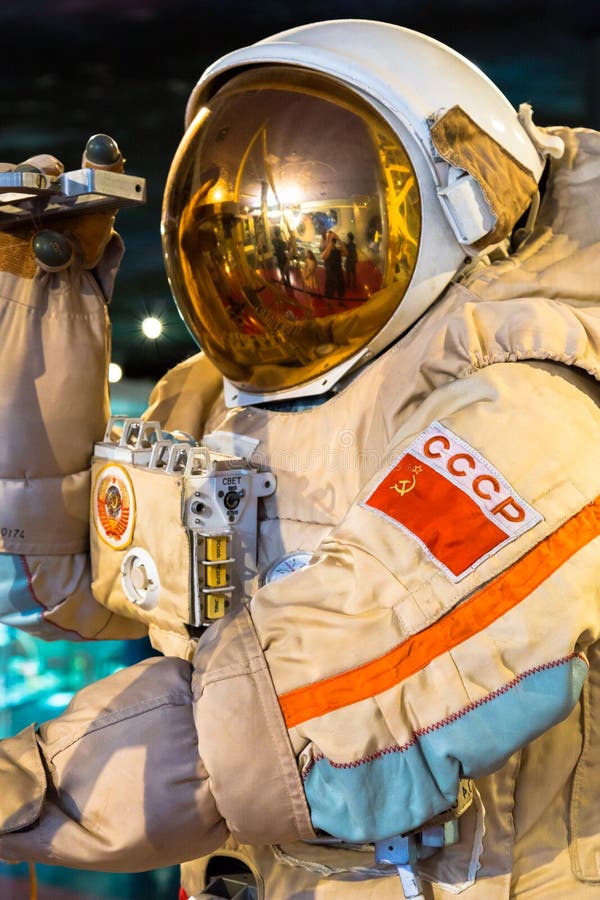
He spent approximately 437 days aboard Mir, conducting experiments and performing scientific research. Polyakov's second spaceflight, the longest human spaceflight in history, began on 8 January 1994 with the launch of the Soyuz TM-18 mission. His first words upon return were "We can fly to Mars.” After staying aboard the Mir space station and conducting research for 240 days, Polyakov returned to Earth aboard Soyuz TM-7. His first flight into space occurred on Soyuz TM-6 in 1988. Polyakov was selected as a cosmonaut in Medical Group 3 on 22 March 1972.


Polyakov observes rendezvous operations with the Space Shuttle Discovery on its STS-63 mission through a window on the Mir Core Module in February 1995. Polyakov dedicated himself to the field of space medicine in 1964 after the flight of the first physician in space, Boris Yegorov, aboard Voskhod 1. Afterwards, he enrolled in the Institute of Medical and Biological Problems, Ministry of Public Health, Moscow, where he specialized in astronautics medicine. Sechenov 1st Moscow Medical Institute, where he graduated with a doctoral degree. He was educated at the Tula Secondary School No. Born Valeri Ivanovich Korshunov, Polyakov legally changed his name after being adopted by his stepfather in 1957. Polyakov was born in Tula in the USSR on 27 April 1942. Polyakov completed his second flight into space in 1994–1995, spending 437 days in space between launching on Soyuz TM-18 and landing with TM-20, setting the record for the longest time continuously spent in space by an individual. He returned to Earth 240 days later aboard TM-7.


Selected as a cosmonaut in 1972, Polyakov made his first flight into space aboard Soyuz TM-6 in 1988. His combined space experience was more than 22 months. He is the record holder for the longest single stay in space, staying aboard the Mir space station for more than 14 months (437 days 18 hours) during one trip.


 0 kommentar(er)
0 kommentar(er)
